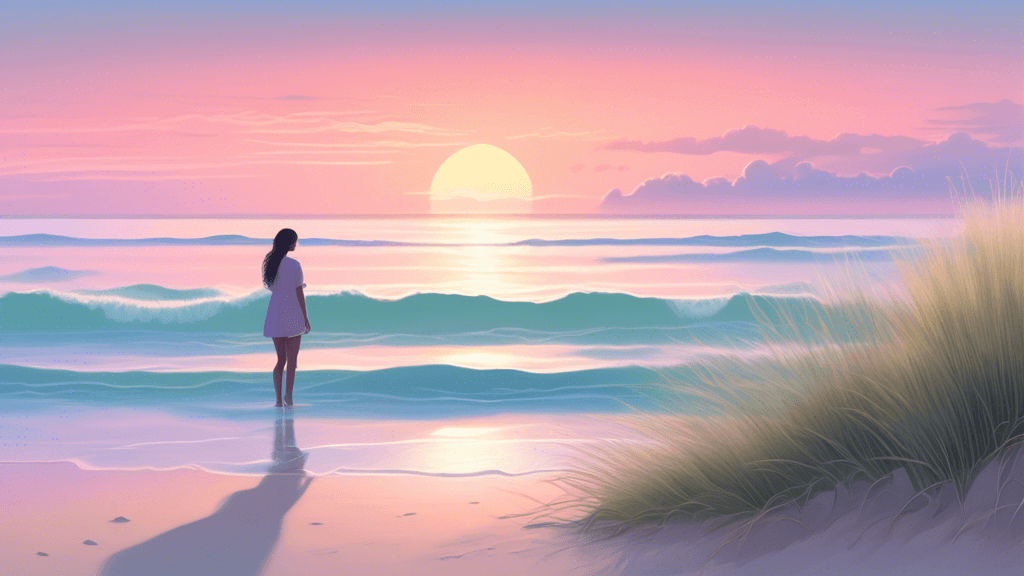
Capturing the Glow: Exploring the Soft Palette of Twilight Photography
Share
The Magic of Twilight Photography
Have you ever been captivated by the soft, luminous quality of photographs taken during twilight? Twilight, with its unparalleled blend of colors and lights, offers photographers a daily opportunity to capture the natural world in its most ethereal state. But what is it exactly about twilight photography that attracts both the seasoned photographer and the amateur alike, and how can one master this ephemeral art form?
Understanding Twilight: The Golden and Blue Hours
Twilight photography primarily capitalizes on two phases around sunrise and sunset—known as the golden hour and blue hour. The golden hour, occurring shortly after sunrise and before sunset, provides a warm golden glow favorable for soft, warmly-lit landscapes and portrait photography. Conversely, the blue hour, which is the period just before sunrise and just after sunset, showers the environment with a bluish tone and a dreamy quality that is perfect for capturing cityscapes and tranquil scenes.
The Significance of Natural Light
Why do these particular times offer such unique photographic opportunities? It's all about the angle and softness of the light. During these hours, the sun is low in the sky, producing softer shadows and diffusing light evenly. This can add a dimension of mood and drama to your photos that the harsh midday sun simply cannot achieve.
Techniques for Capturing the Twilight
To truly excel in twilight photography, understanding and adjusting your techniques to harness the potential of fading light is essential. Here are several tips to guide you:
- Manual Settings: Automate less, control more. Adjust your aperture, ISO, and shutter speed manually for greater control over the exposure, and compensate for the lower light levels.
- Use a Tripod: As light levels decrease, the shutter speed you need to use will often slow down significantly. A tripod stabilizes your camera, helping prevent blur in your photos.
- Play with Exposure: Try bracketing exposures to create a range of effects in your twilight photos. This allows for flexibility in showcasing either silhouettes or illuminated details within your shots.
- Focus on Composition: Silhouettes, reflections, and the inherent contrast between sky and land are all powerful compositional elements in twilight photography.
Noted photographer and environmentalist, Ansel Adams, once said, “You don’t make a photograph just with a camera. You bring to the act of photography all the pictures you have seen, the books you have read, the music you have heard, the people you have loved.” This is especially true for twilight photography, where the soft interplay of light and shadow, color and form can turn a simple scene into a profound artistic statement.
Incorporating the Environment into Twilight Photography
Taking it further, twilight photography also provides an excellent opportunity to highlight the beauty and importance of our natural and urban environments. It’s a way to foster a deeper connection with our surroundings and can be a powerful tool in environmental conservation campaigns. By presenting familiar scenes in unfamiliar light, photographers can showcase the unseen beauty and prompt a renewed appreciation and respect for these spaces.
Advanced Techniques and Gear
For those looking to push their creative boundaries, incorporating filters such as Neutral Density (ND) filters or experimenting with long exposures can lead to spectacular results during twilight photography sessions. Terms of gear, investing in a lens with a large aperture (small f-number) can be beneficial for capturing maximum light during these low-light periods.
Summary
Whether you're a hobbyist looking to explore new styles, or an experienced photographer aiming to expand your portfolio, twilight photography offers a canvas unlike any other. The merging skies of sunset and sunrise, laden with colors and whispers of the day, present a daily opening to refine our crafts and connect more deeply with the world around us.
So, why not take your camera and step out during these magical hours? Each day promises a unique scene, a fresh palette for the earnest photographer to capture. And remember, every photograph you take contributes not only to your personal development but also to the broader narrative of environmental appreciation and conservation.
Ready to embrace the glow?





